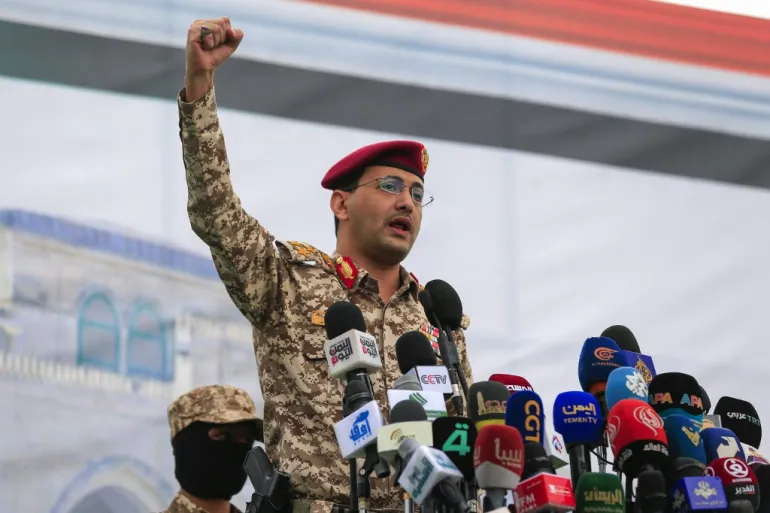
Table of Contents
25 Must-Know Facts About the Houthis: A Deep Dive Into Yemen’s Influential Rebel Movement
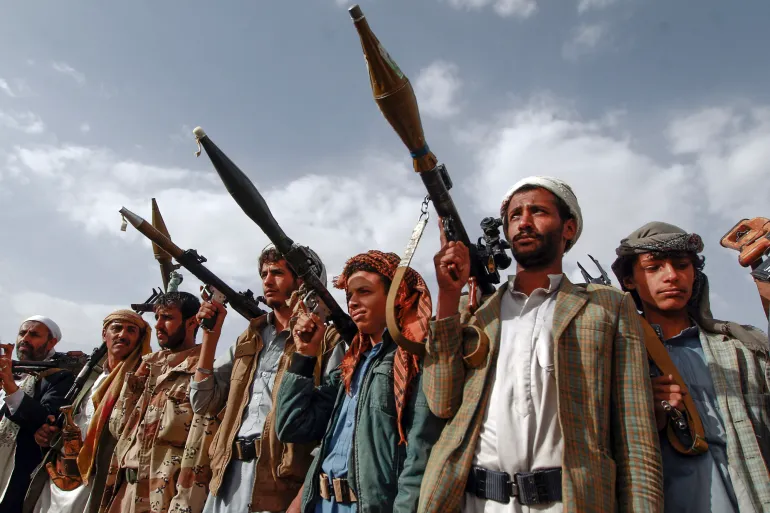
Who Are the Houthis?
Origins of the Movement
The Houthis, officially known as Ansar Allah (Supporters of God), emerged in the 1990s in northern Yemen. Initially, they were a revivalist religious group based among the Zaydi Shia Muslims, who make up a significant minority in Yemen. Their name comes from Hussein Badreddin al-Houthi, the group’s founding leader.
Religious and Political Ideology
The Houthis blend religious conservatism with anti-imperialist rhetoric. They strongly oppose foreign intervention, especially from the United States, Israel, and Saudi Arabia. Over time, their goals evolved from local grievances to national political control.
The Rise of the Houthis in Yemen
Timeline of Their Growth
- 2004: First armed rebellion against the Yemeni government.
- 2010: After multiple rounds of conflict, a fragile peace was established.
- 2014: The Houthis seized the capital, Sanaa, marking their transformation into a major political force.
The Fall of Sanaa
In late 2014, Houthi forces took control of Sanaa with little resistance. The internationally recognized government was forced into exile, setting the stage for a brutal civil war.
The -Saudi Arabia Conflict
Saudi-led Coalition Involvement
In 2015, Saudi Arabia formed a military coalition to restore the exiled Yemeni government. The war has since become a proxy conflict between Sunni Gulf states and Iran, with Yemen caught in the middle.
Drone Attacks and Border Clashes
The have launched hundreds of missile and drone attacks on Saudi cities, oil facilities, and airports. This tactic has escalated tensions across the region and disrupted global oil markets.
Houthi Tactics and Military Capabilities
Guerrilla Warfare Strategies
The Houthis excel at asymmetric warfare, leveraging Yemen’s rugged terrain. They use hit-and-run attacks, IEDs, and underground tunnels to outmaneuver better-equipped foes.
Use of Ballistic Missiles and Drones
A major turning point was their acquisition of Iranian-style drones and medium-range missiles. These have enabled them to strike deep into Saudi territory, making them a serious military threat.
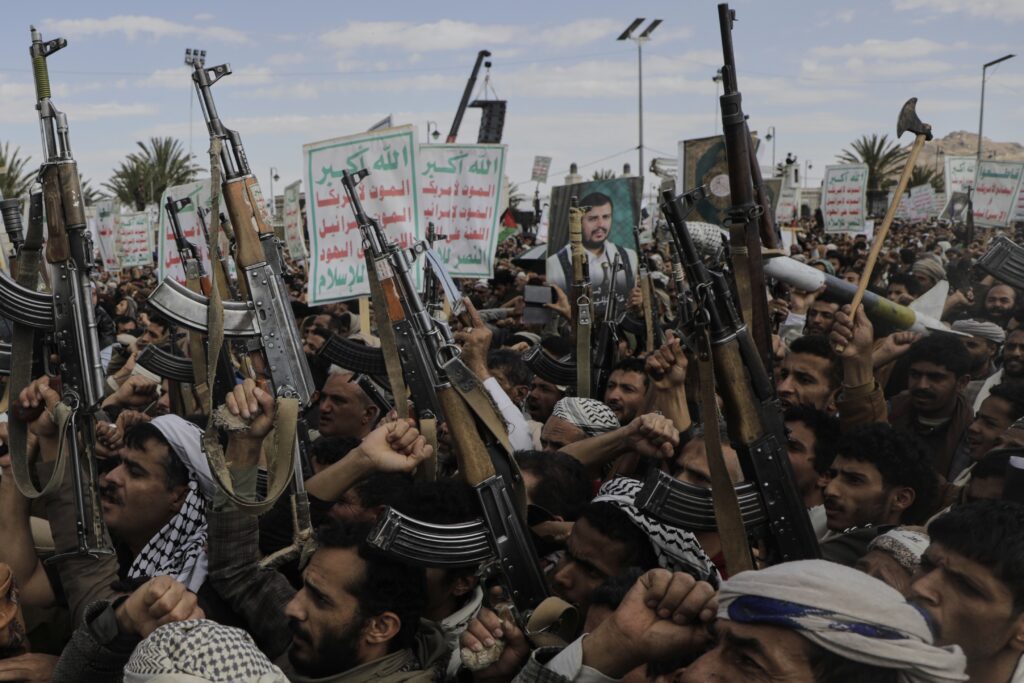
Iran’s Alleged Support
The Tehran-Sanaa Connection
While Iran denies direct control, evidence suggests it provides weapons, training, and financial aid. The Houthis are now often described as Iran’s closest regional proxy.
Impact on Regional Geopolitics
This alliance has complicated Middle Eastern politics, pulling the U.S., Gulf states, and Israel into a wider confrontation. Yemen is now part of the “Shia Crescent” that stretches from Iran to Lebanon.
Humanitarian Crisis in Yemen
Role of the Houthis in the Crisis
The Houthis have been accused of diverting humanitarian aid, conscripting child soldiers, and using civilians as shields. These actions have worsened the suffering of millions.
Civilian Impact and Famine
Over 80% of Yemen’s population needs humanitarian assistance. Starvation, disease, and displacement are rampant, with children facing the brunt of the crisis.
International Reactions and Involvement
The UN’s Role
The United Nations has attempted multiple peace talks, but progress remains slow. They have also condemned violations by all sides, including Houthi war crimes.
U.S. and EU Responses
The U.S. once labeled the Houthis a terrorist group, then reversed the decision to facilitate aid. Europe remains focused on humanitarian aid and diplomatic pressure for peace.
The Houthi Government in Northern Yemen
Institutions and Control
The Houthis now govern large swaths of northern Yemen. They have established a parallel government with ministries, police forces, and tax systems.
Daily Life Under Houthi Rule
While there’s stability in some areas, human rights abuses are widespread. Reports include arbitrary arrests, censorship, and religious persecution.
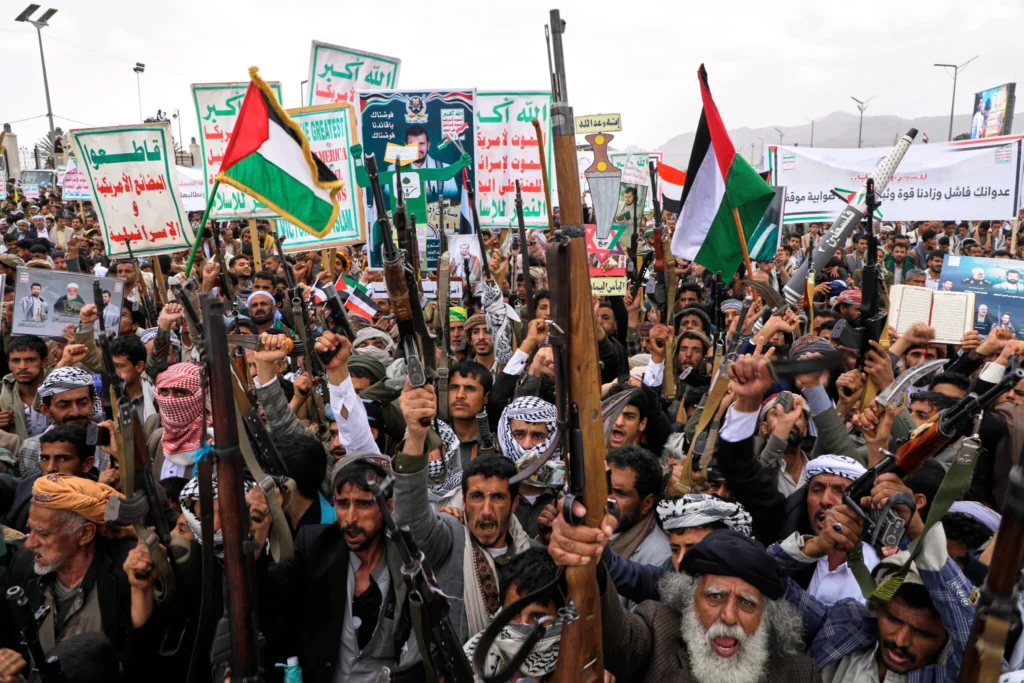
Peace Efforts and Ceasefire Attempts
Recent Diplomatic Developments
In 2023 and 2024, several ceasefire agreements were attempted, with Oman and the UN acting as mediators. However, most collapsed due to mutual distrust.
Obstacles to a Lasting Peace
The biggest hurdles are power-sharing disagreements, external influences, and the Houthis’ refusal to disarm until political recognition is secured.
Future of the Houthis and Yemen
Possible Scenarios
Yemen’s future could go in several directions:
- Negotiated peace and power-sharing
- Continued conflict
- Partition into North and South Yemen
Role in Post-War Yemen
If peace prevails, the Houthis will likely demand a significant role in governance. Their influence is too entrenched to ignore, making them key players in Yemen’s future.
Conclusion
The Houthis have evolved from a local rebel group into a dominant political and military force in Yemen. Their story is deeply entangled with regional politics, sectarian divides, and one of the world’s worst humanitarian crises. While peace remains elusive, understanding the Houthis is essential to solving the conflict and restoring stability in the Middle East.
FAQs
1. Who are the Houthis and what do they want?
The Houthis are a Yemeni rebel group seeking greater political power, independence from foreign influence, and governance based on their religious beliefs.
2. Are the Houthis supported by Iran?
Yes, Iran is widely believed to support the Houthis with weapons, training, and funding, though the Houthis deny being Iranian proxies.
3. How have the Houthis impacted Yemen?
They’ve played a central role in Yemen’s civil war, controlling territory, influencing politics, and contributing to the humanitarian crisis.
4. What countries are involved in fighting the Houthis?
A Saudi-led coalition including the UAE, supported by the U.S. and other allies, is actively fighting the Houthis.
5. Is there any hope for peace in Yemen?
Yes, peace is possible through inclusive negotiations, but deep mistrust and external interests remain major barriers.
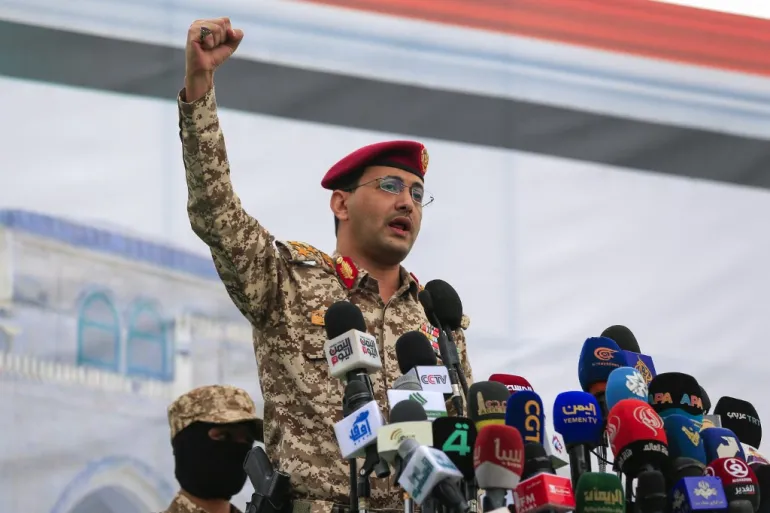
25 Must-Know Facts About the Houthis: A Deep Dive Into Yemen’s Influential Rebel Movement
If you’ve been following Middle Eastern affairs lately, chances are you’ve heard about the Houthis. But who exactly are they? Why are they making headlines almost every week? And how did a local rebel group from northern Yemen become one of the most powerful and controversial forces in the region? That’s exactly what we’re going to unpack in this in-depth article.
Let’s face it—Yemen’s civil war is one of the most complicated, devastating, and underreported conflicts in the world today. And at the heart of it all is the Houthi movement. Known formally as “Ansar Allah” (which translates to “Supporters of God”), this group has gone from obscure beginnings in the 1990s to becoming a dominant political and military power in Yemen. They’ve taken over the capital, clashed with regional powerhouses like Saudi Arabia, and even rattled global oil markets with drone and missile attacks. That’s a pretty big leap for what once was a small religious group based in the northern mountains of Yemen.
So how did we get here? What do the Houthis want? Who supports them? And more importantly, how are they shaping the future of Yemen and the broader Middle East?
This article breaks down 25 must-know facts about the Houthis, giving you a clear, human-friendly explanation of the group’s origins, ideology, rise to power, and international impact. Whether you’re a student trying to understand modern geopolitics, a journalist digging into regional dynamics, or just someone who wants to stay informed, this guide is packed with the context you need.
We’ll explore everything from their first uprising to their controversial tactics, their alleged ties with Iran, and their role in creating one of the worst humanitarian crises of our time. You’ll also learn about their governance in the areas they control, what life is like under their rule, and the challenges peace negotiators face in trying to bring Yemen’s long-running war to an end.
Now, this isn’t just a list of dry facts. We’re going to break things down in a way that’s easy to follow and rich in insight—think of it like pulling back the curtain on a major player in world affairs that most people know too little about.








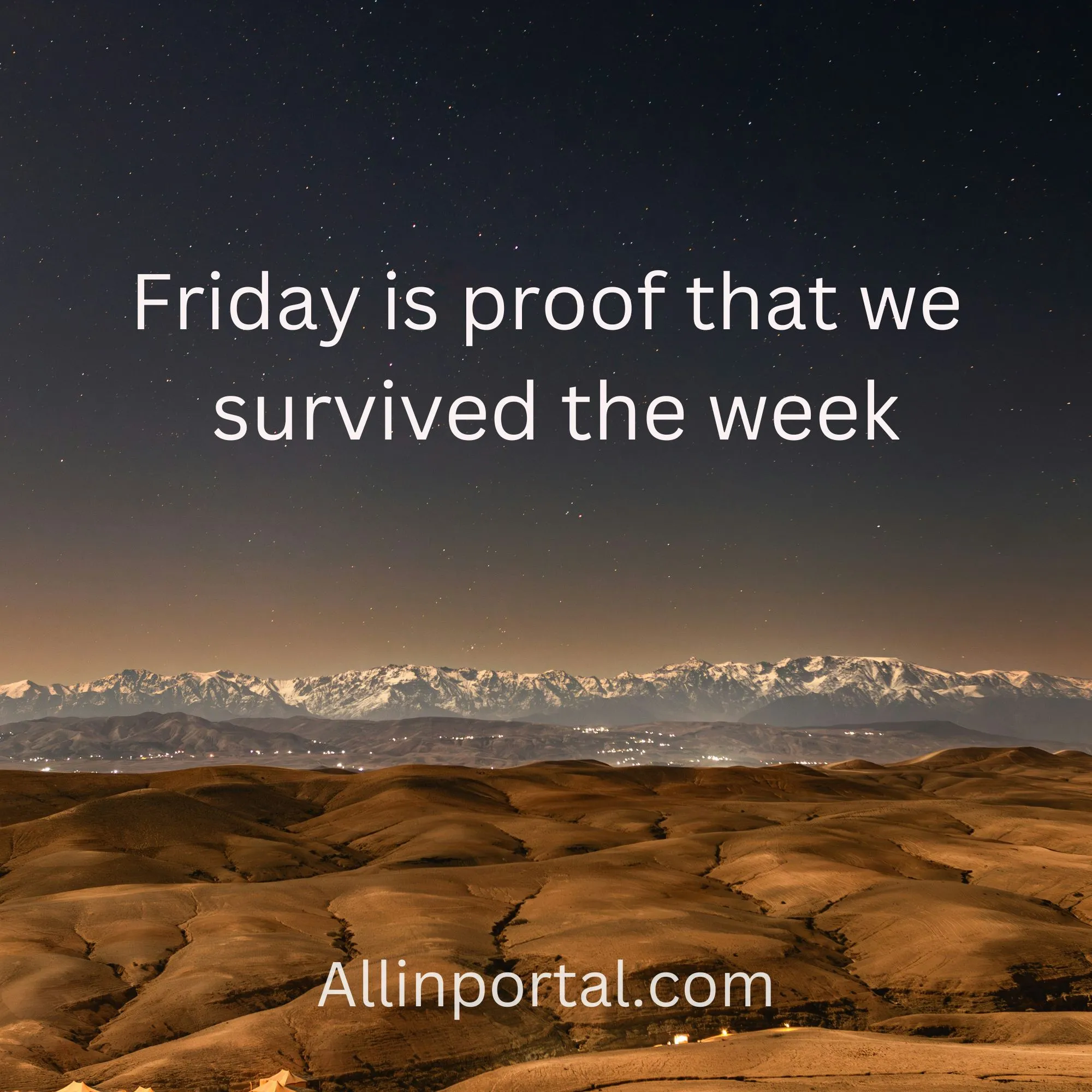






Leave a Reply